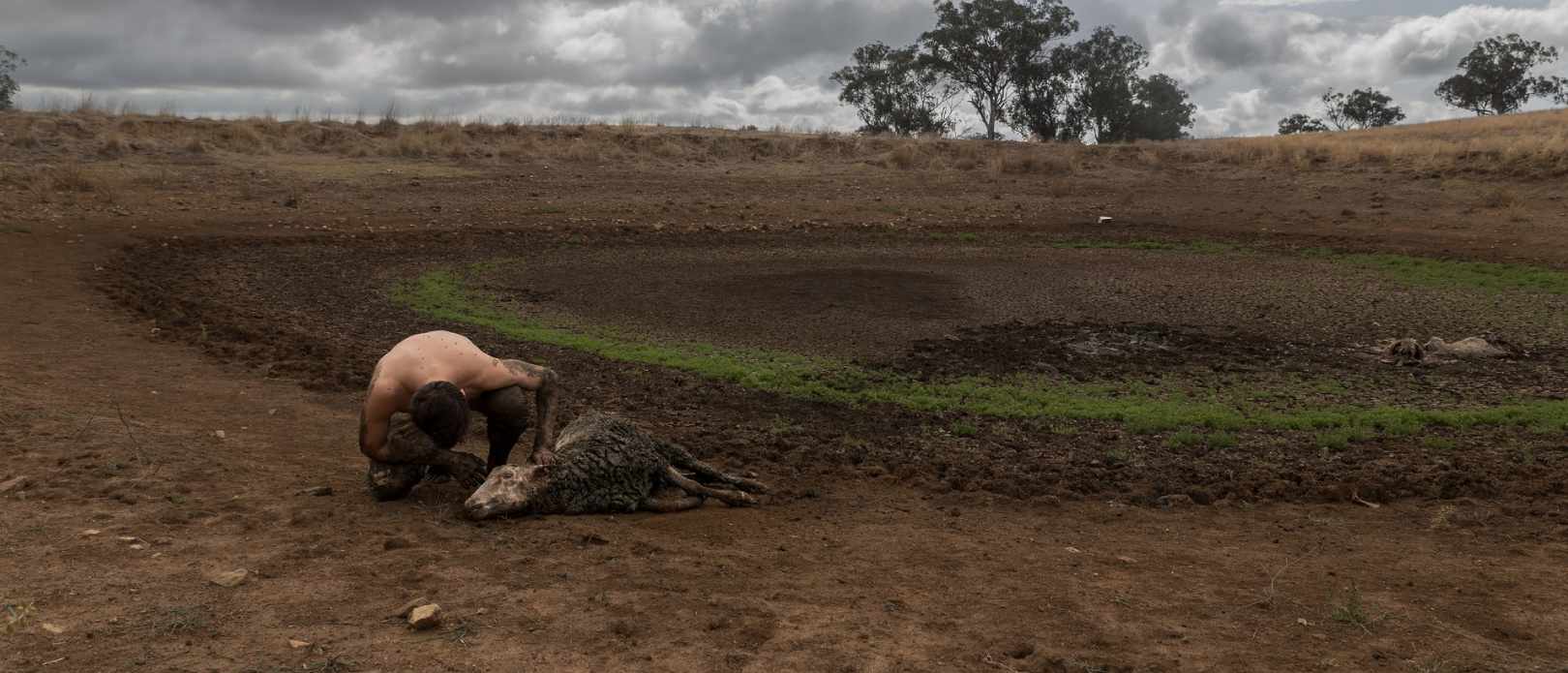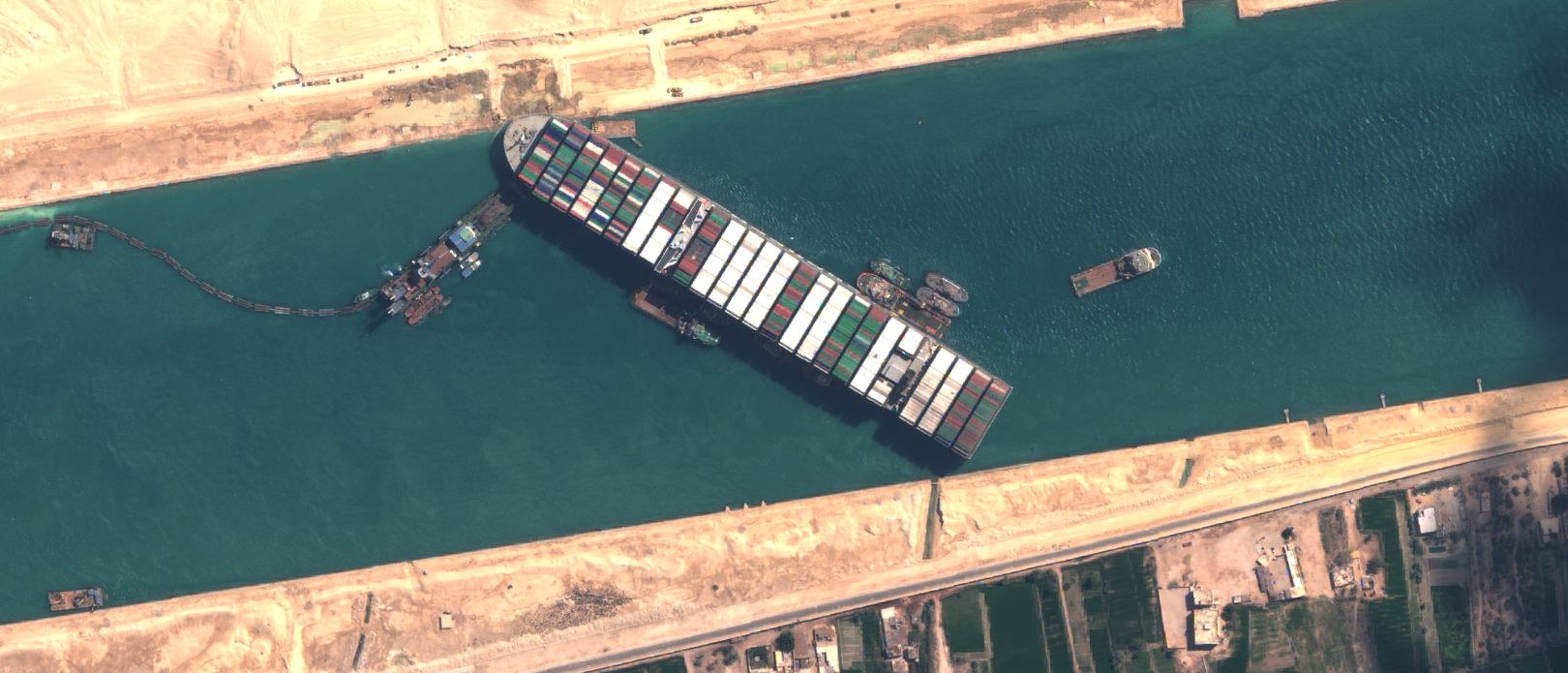Food security
Grasping food supply risks: how self-sufficient and resilient are nations?
.jpg)
Many countries do not produce enough vegetables and fruits for their own population. Photo: dusanpetkovic via Canva.
Lack of self-sufficiency and diversity in crop production remain main risks to national food supply, new study finds
- Simplification and interconnectedness make the global food system vulnerable to disruptions
- Only a third of the global population lives in nutritionally self-sufficient countries
- Combined with data on the diversity of food products, this gives a better picture of the risk landscape to food supply
Today’s global food system is both extremely connected and overly simplified. A few crops make up most of the calories that are consumed around the World. And often, they are shipped over long distances before they reach consumers.
Both, the simplification and the interconnectedness, make the global food system vulnerable to disruptions. Trade routes can be blocked, as was the case with the containership Ever Given which got stuck in the Suez Canal in March 2021; exports can be stopped for political reasons, or due to ongoing conflicts, as happened in 2022 from Ukraine and Russia; and a lack of diversity in food products means that when production fails in one of them, there are no backups.
Sufficient in calories and nutrition
In a new article published in the journal Global Food Security, researchers from the Stockholm Resilience Centre and the Royal Swedish Academy of Sciences have looked at the risk landscape that surrounds the global food system.
Our findings show that even high-income countries, which are not usually associated with food insecurity, rely on imports to fulfil adequate nutrient supply.
Centre researcher Emmy Wassénius
Specifically, their analysis examines whether countries are self-sufficient in producing enough calories and nutrients, and whether their national production includes diverse food items.
Their results show that only a third of the global population lives in countries that are nutritionally self-sufficient. Half of the World’s population lives in countries that are self-sufficient in some regards, and about 15 per cent of people live in countries with a low degree of self-sufficiency.
Importantly, the study did not only analyse calorie production – a common metric for food supply – but also the production of nine different nutrients.
A diverse risk landscape
“Our findings show that even high-income countries, which are not usually associated with food insecurity, rely on imports to fulfil adequate nutrient supply,” says Centre researcher Emmy Wassénius, lead author of the study.
Combined with data on the diversity of food products, this gives a better picture of the risk landscape to food supply, according to the researchers.
Some countries are more at risk from trade-related disruptions because of their high dependency on food imports. Others face higher risks from their specialized or homogenized domestic production.
“Because of the difference in risks exposure, there is no single solution to make food systems more resilient. Each nation needs to look at solutions that are tailored to their situation. At the same time, these solutions should not be of such nature that they inflict on other nations’ risk exposure” explains Centre researcher Magnus Nyström, one of the co-authors of the article.
Methodology
The researchers assembled a novel dataset on national food production which covers all food sectors (both terrestrial and aquatic) and linked them to macro- and micronutrient compositions.
To assess the potential nutritional self-sufficiency, they calculated the contribution of domestic production to nine selected nutrients. This calculation is a hypothetical exercise as it does not consider the export of food products, or that food products are used as feed or biofuels.
Also, the assessment of self-sufficiency is only based on primary food products. It does not include the flows of fertilizers, feed or other production inputs.
Wassénius, E., Porkka, M., Nyström, M. & Søgaard Jørgensen, P. 2023. A global analysis of potential self-sufficiency and diversity displays diverse supply risks. Global Food Security 37, 100673








